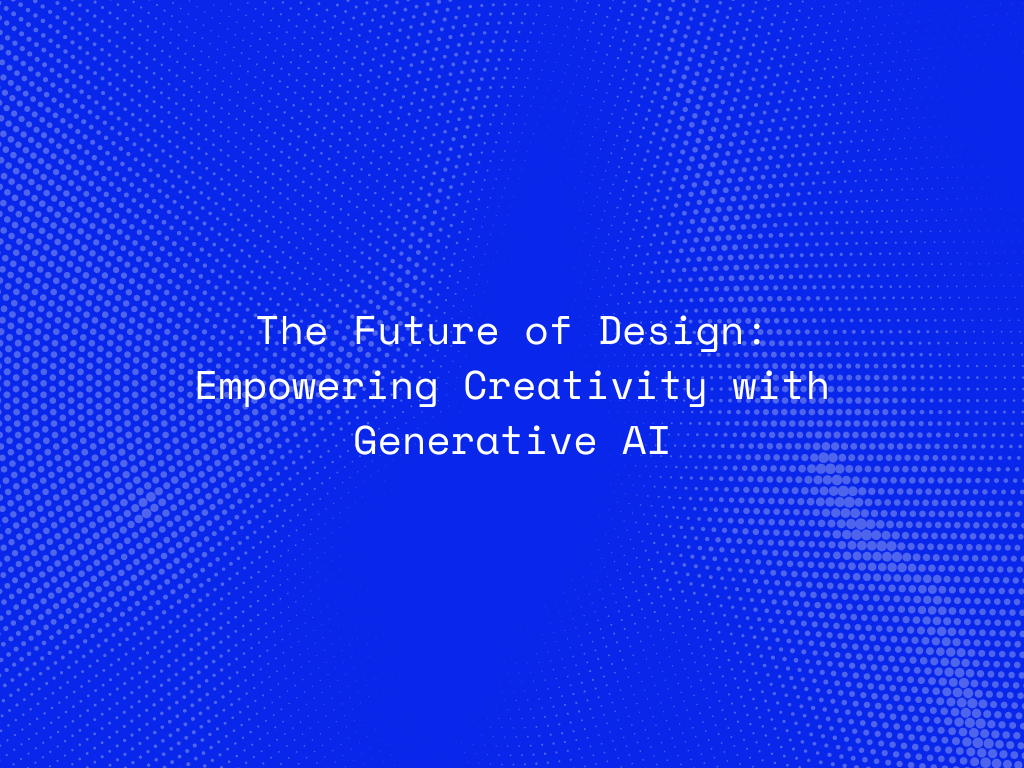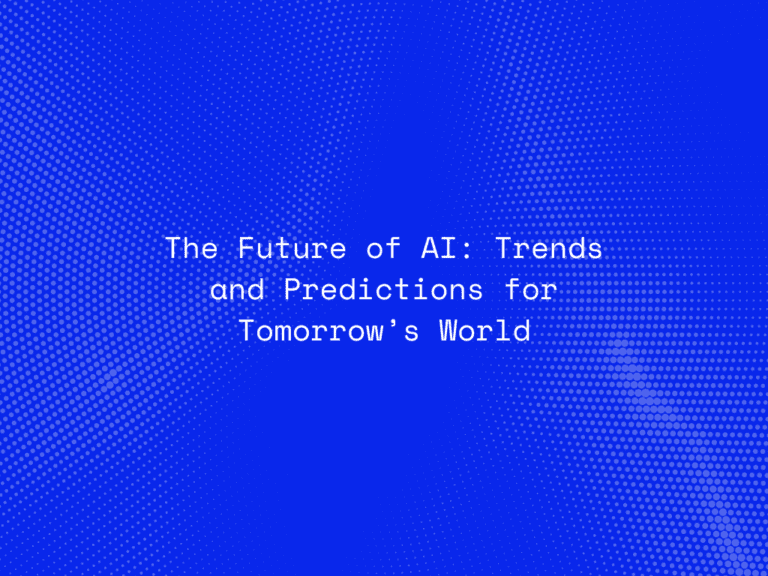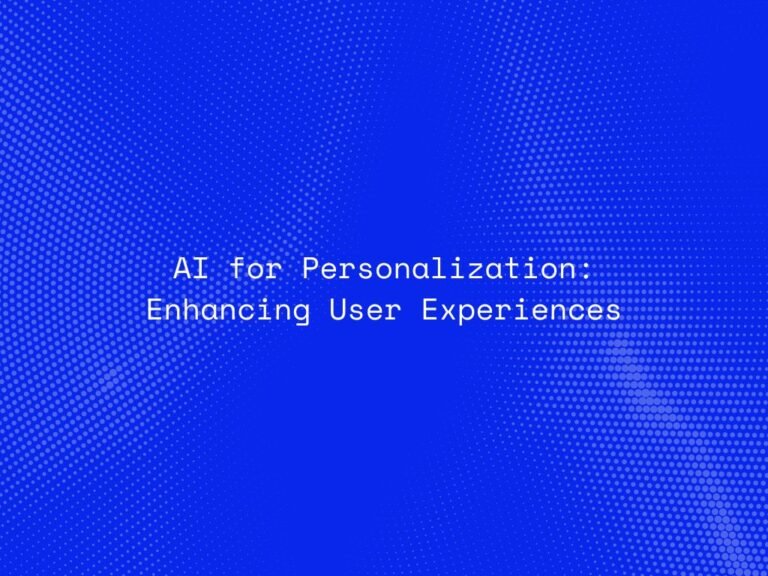Design, in its essence, is a reflection of human creativity and innovation. From architecture and graphic design to product development and fashion, the design process has traditionally been driven by human ingenuity. However, the emergence of generative artificial intelligence (AI) is reshaping the landscape of design, offering new tools and capabilities that augment and empower human creativity. In this blog post, we explore the transformative potential of generative AI in design, envisioning a future where creativity knows no bounds.
Understanding Generative AI:
Generative AI is a subset of artificial intelligence focused on creating new content autonomously. Leveraging advanced algorithms and vast datasets, generative AI models, such as generative adversarial networks (GANs) and variational autoencoders (VAEs), have the remarkable ability to generate diverse and realistic content across various domains, including images, text, music, and more. By learning from existing data and identifying underlying patterns, generative AI can produce novel outputs that mimic human creativity and imagination.
Enhancing the Design Process:
Generative AI is revolutionizing the design process by offering designers new tools and techniques to explore and experiment with creative ideas. Designers can leverage generative AI to generate alternative design concepts, explore different styles and aesthetics, and iterate rapidly through design iterations. For example, architects can use generative AI to generate innovative building designs that optimize space utilization and energy efficiency. Graphic designers can employ generative AI to generate unique patterns and textures for branding and marketing materials. By incorporating generative AI into the design process, designers can unlock new levels of creativity and innovation, pushing the boundaries of what is possible in design.


Fostering Collaboration:
Generative AI also fosters collaboration between humans and machines, enabling designers to work alongside AI models to co-create and refine designs. Designers can provide input and guidance to generative AI models, steering the creative process in new and unexpected directions. This collaborative approach encourages experimentation and exploration, fostering a symbiotic relationship between human creativity and machine intelligence. By working together, designers and AI can uncover novel design solutions, inspire innovative ideas, and push the boundaries of design innovation.
Personalized Design Experiences:
Furthermore, generative AI enables personalized design experiences tailored to individual preferences and needs. By analyzing user data and behavioral patterns, generative AI can generate personalized design recommendations that resonate with users on a deeper level. For example, e-commerce platforms can use generative AI to recommend personalized product designs based on a user’s style preferences and purchase history. Interior designers can employ generative AI to generate custom furniture designs that fit perfectly within a user’s space. These personalized design experiences enhance user engagement and satisfaction, creating meaningful connections between users and their designed environments.
Ethical Considerations:
As with any technology, the adoption of generative AI in design raises important ethical considerations, including issues such as data privacy, bias, and intellectual property rights. Designers must ensure that they use generative AI responsibly and ethically, respecting user privacy and intellectual property rights. Additionally, designers must be vigilant in addressing biases and ensuring that generative AI models produce inclusive and equitable design solutions that reflect the diversity of human experiences.
Conclusion:
The future of design is bright with the promise of generative AI. By empowering designers with new tools and capabilities, generative AI enables them to unlock new levels of creativity, collaboration, and personalization. As designers embrace generative AI and harness its transformative potential, they will continue to push the boundaries of design innovation, creating immersive, engaging, and meaningful experiences for users around the world. Together, human creativity and generative AI will shape a future where design knows no limits, inspiring awe, delight, and innovation at every turn.




